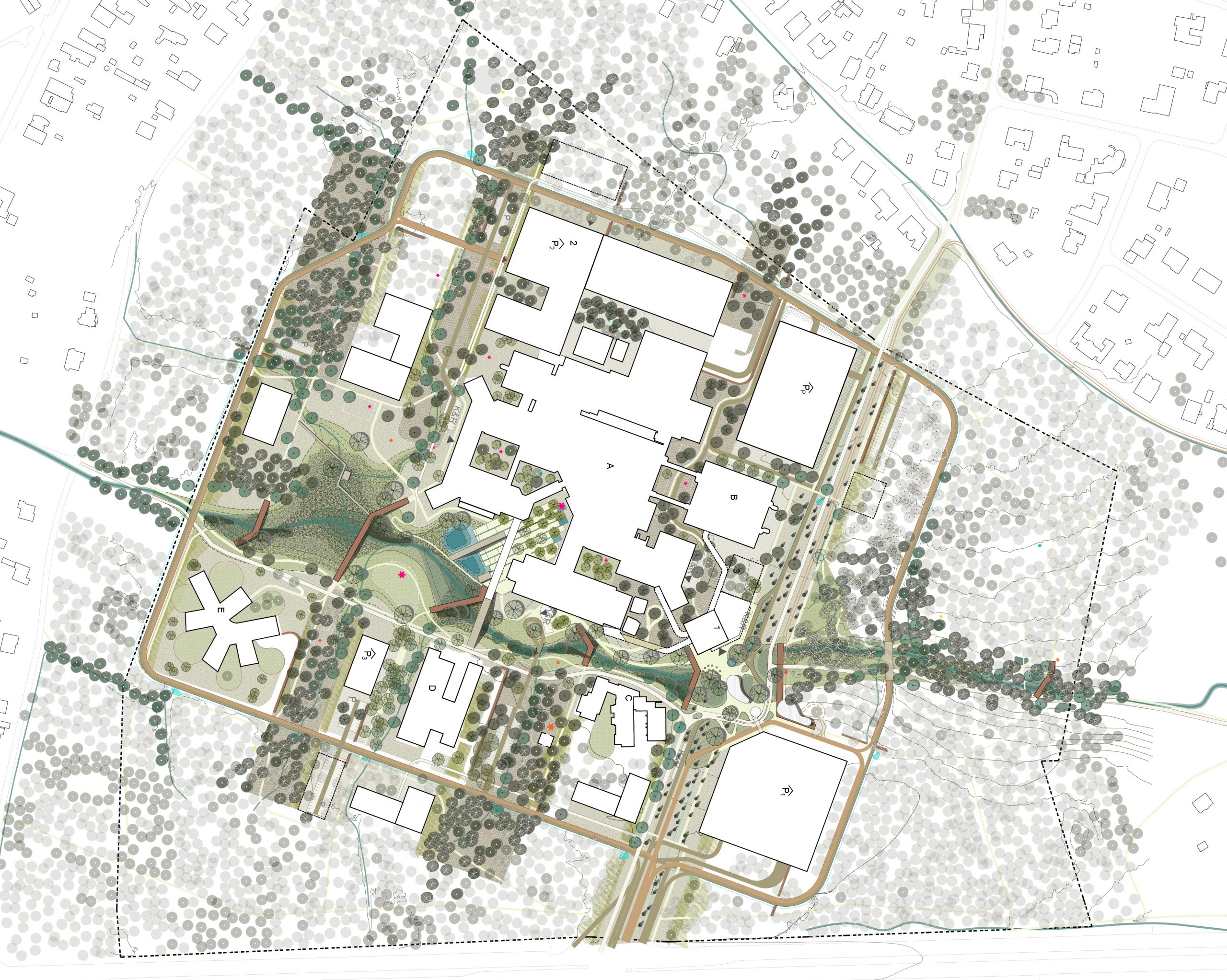Environment determines health
More than ever it is acknowledged that health and well-being depend on the places, infrastructure and nature around us. The history of healthcare and the building of living and working environments are intrinsically interwoven with one another. The current corona crisis also highlights the importance of a high-quality and safe environment which increases our resistance to diseases and creates space for physical activities and social contacts. Health is thus not purely determined by individual responsibilities and the expertise in the health sector. Chronic diseases, responsible for three-fourths of all deaths, are above all determined by environmental factors and our choices and behavioral patterns that are associated with them.
“Cities that invest in health and well-being are playing a leading role in sustainable development.” – Shanghai Consensus on Healthy Cities, 2016
Looking for healthy spaces
BUUR consciously deploys architecture, infrastructure, urban design, spatial planning and data as part of health prevention. On the scale of the city and neighborhood, we focus on ´healing environments´ within a network of social amenities, healthcare infrastructure and public space.
We also link planning and design to environmental factors in order to minimize nuisance and impact on health. On the basis of universal design principles we put human beings at the center on the level of building and public space. On the policy level we build bridges between actors responsible for health, well-being, urban development and infrastructure, as part of the ´Health in all Policies´ approach championed by the World Health Organization.
We identify levers for urban health on the basis of the Dahlgren-Whitehead model, which maps out the social determinants of health.
Hereby principles of health are linked to ecological sustainability, such as nature-based solutions, walkability, ecosystem services and green energy. By design and choices of program and materialization of buildings and public space, we optimize access to green areas, space for physical activity, playing and meeting. Safe and reliable infrastructure for basic amenities such as food and water also plays a role here.
On the basis of geo-referenced health data, we draw up vulnerability profiles of districts and define healthy district and city programs. We use innovative data, interviews with residents and observations on behavioral patterns and environmental qualities in order to integrate healthy behavior and inclusion into design on the basis of ´universal design principles´.









